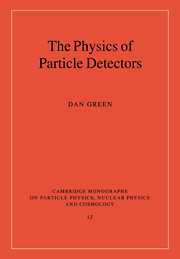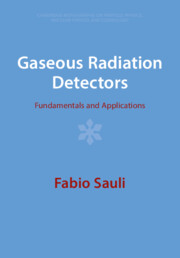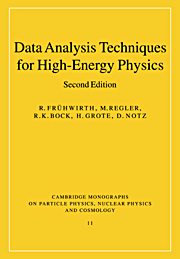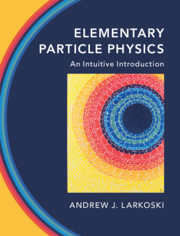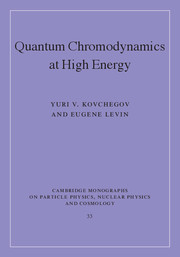The Physics of Particle Detectors
Here is a comprehensive introduction to the physical principles and design of particle detectors, covering all major detector types in use today. After discussing the size and energy scales involved in different physical processes, the book considers nondestructive methods, including the photoelectric effect, photomultipliers, scintillators, Cerenkov and transition radiation, scattering and ionization, and the use of magnetic fields in drift and wire chambers. A complete chapter is devoted to silicon detectors. In the final part of the book, Green discusses destructive measurement techniques. Throughout, he emphasizes the physical principles underlying detection and shows, through appropriate examples, how those principles are best utilized in real detectors. Exercises and detailed further reading lists are included.
- Comprehensive - covers all major detectors in use today
- Contains many numerical examples
- Includes exercises and detailed further reading lists
Reviews & endorsements
"The Physics of Particle Dectectors is full of insights and serves as a useful educational tool." /s Physics Today
Product details
July 2005Paperback
9780521675680
376 pages
244 × 170 × 20 mm
0.6kg
151 b/w illus. 9 tables 133 exercises
Available
Table of Contents
- Part I. Introduction:
- 1. Size, energy, cross section
- Part II. Non-Destructive Measurements: Part II. A. Time and Velocity:
- 2. The photoelectric effect, photomultipliers, scintillators
- 3. Cerenkov radiation
- 4. Transition radiation
- Part II. B. Scattering and Ionization:
- 5. Elastic EM scattering
- 6. Ionization
- Part II. C. Position and Momentum:
- 7. Magnetic fields
- 8. Drift and diffusion in materials, wire chambers
- 9. SI detectors
- Part III. Destructive Measurements: Part III. A. Radiation:
- 10. Radiation and photon scattering
- Part III. B. Energy Measurements:
- 11. EM Calorimetry
- 12. Hadronic calorimetry
- Part IV. The Complete Set of Measurements:
- 13. Summary
- Appendices.

